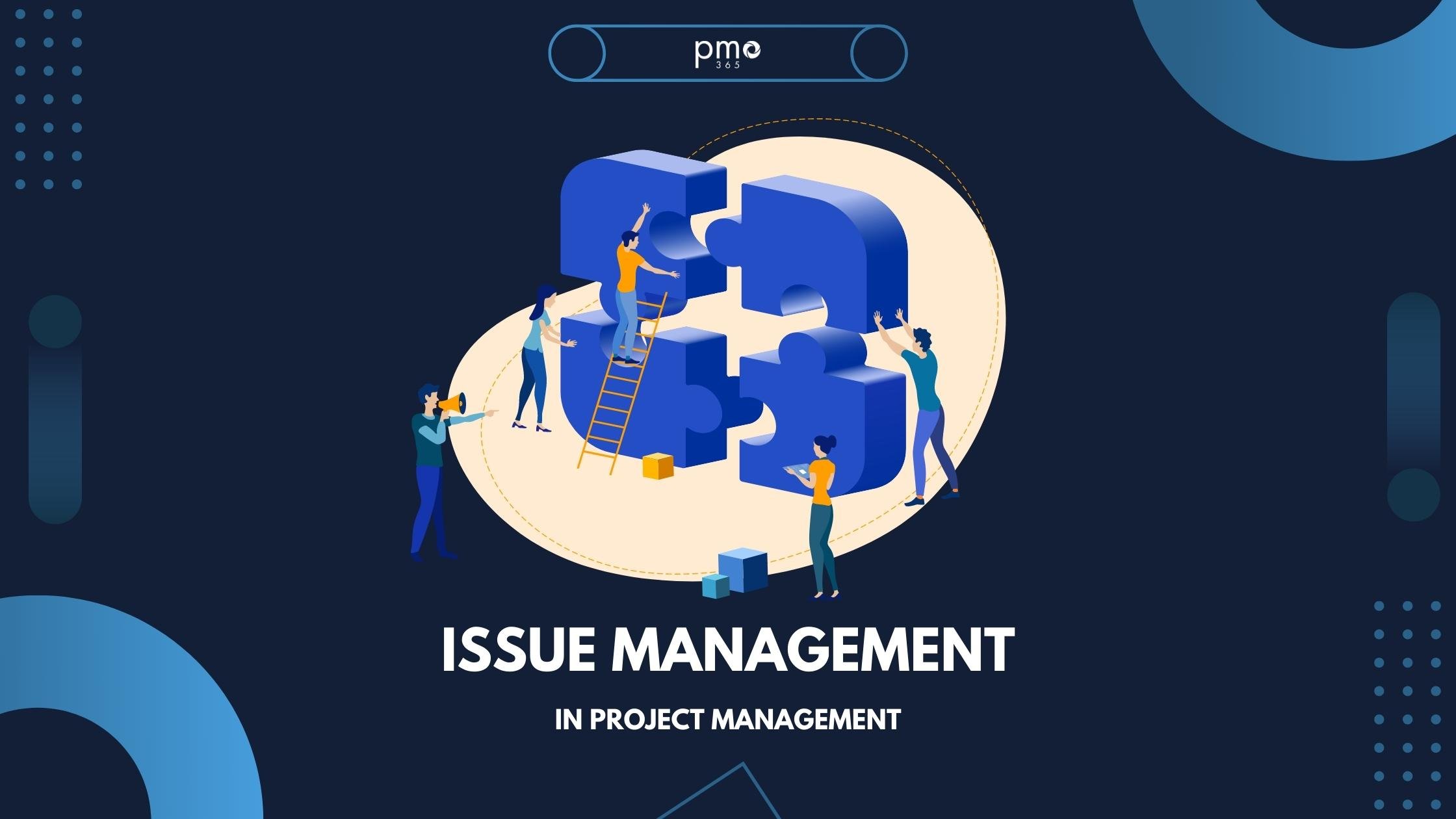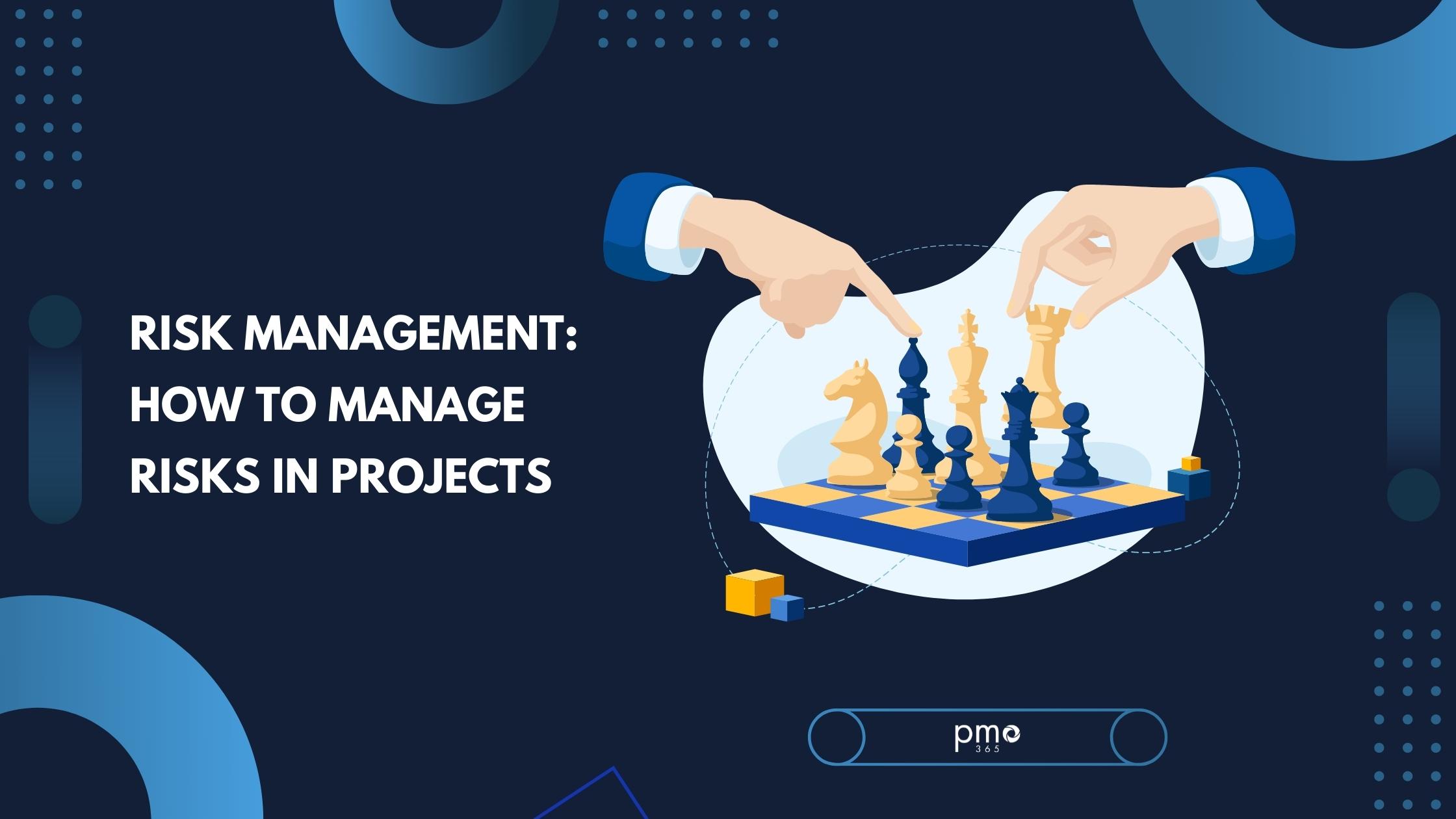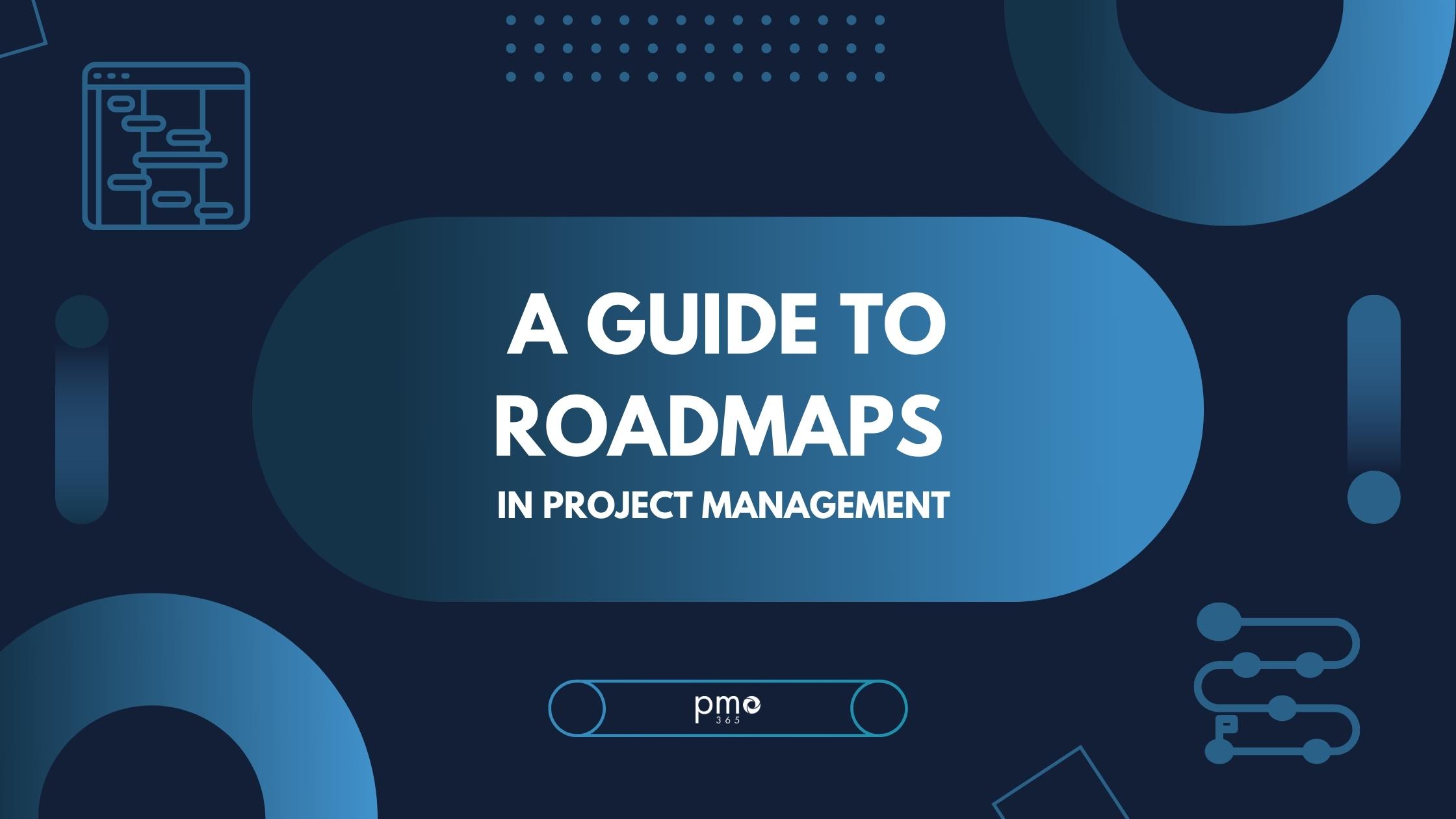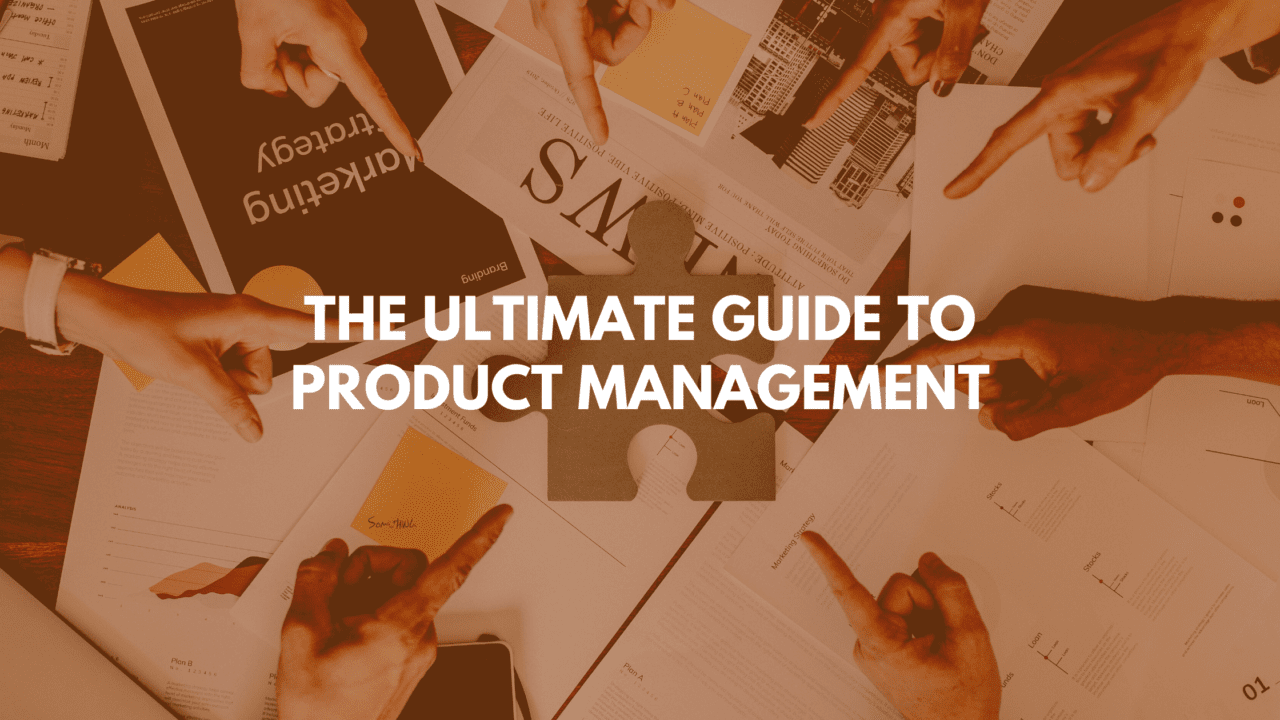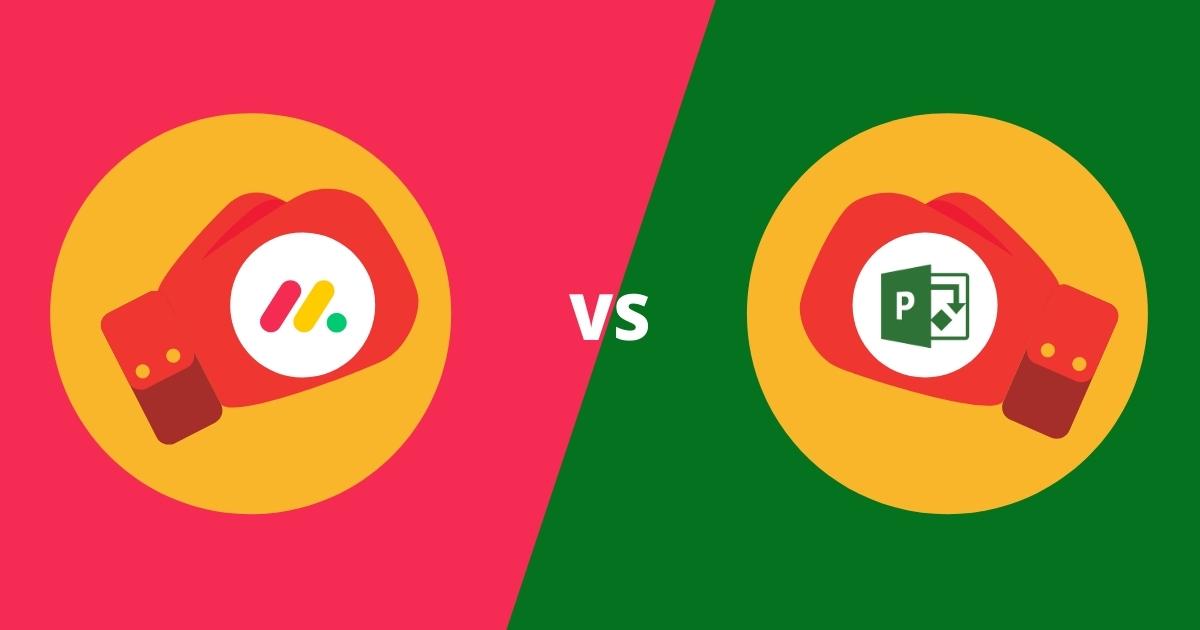Project management and product management are both terms that are used frequently, and sometimes interchangeably. Though they share similarities from a peripheral view, they have inherently different core functions. This article will explain the difference between these two management approaches, and help you decide which one will best fit your organisation.
A Product vs A Project
Before we get into how their management approaches are different, we need to first understand the difference between a project and a product.
PMI defines a project as a temporary arrangement with a ‘defined beginning and end in time, and therefore defined scope and resources’. An organisation will set up a project and associated team to create a product, service, or organisational change. Typically, an organisation will disband the project team once the project has been completed.
The job of a project manager is to oversee defined projects. A project manager, therefore, has a lower-level input into the identification and prioritisation of goals and projects. They can be seen as the person who executes product development.
We can understand a product as part of a system: a good, service, platform, application, etc. An organisation will design and maintain a product to solve both customer and business problems, and generate organisational value. Thus, the organisation will continuously develop and adapt the product to meet the changing needs of the market. The product does not have a defined end date, but will experience ongoing improvements and enhancements to ensure its relevance and effectiveness to customers.
A product management team is a long-term and stable team. They have continual activities that require longevity and cohesion. Product managers, therefore, have a strategic role, as they prioritise initiatives that ensure strategic market value and success. They are responsible for guiding their business in achieving
An Overview: Project Management
PMI defines project management as the ‘application of knowledge, skills, tools, and techniques to project activity to meet the project requirements’. The focus of a project manager is achieving the pre-defined and set out goals and objectives of the project. That focus includes completing projects on-time, on-budget, and within scope. Project managers will measure project success based on project-dependent metrics.
Core functions of Project Management:
- Achieving the project objectives within constraints: Projects run under four constraints: scope, time, budget, and quality. A project manager needs to oversee the project’s completion by staying within these constraints. Project management is the balancing act of achieving the goals of the project within the defined constraints of the project.
- Project breakdown: A project manager will break down the project into phases and tasks to track progress. Effective project management involves the implementation of the best practices to suit the team’s chosen processes and methodologies. These practices should ensure resource allocation, scheduling, and cost management are as simple as possible.
- Monitoring project progress: Effectively monitoring and responding to the changing elements within a project duration is critical to project success.
- Optimising project processes: The key goal of project management is to find new ways teams can achieve results efficiently and effectively. A project manager should always be aware of optimising project processes when opportunities arise.
- Communication: Effective project management stems from effective communication with team members and stakeholders. This assists project managers in properly managing expectations, demands, and input that could affect the project’s success.
Project management does not have an intrinsically strategic influence. The focus of the approach is achieving the expected results set out by the executive team. We can view projects as on-the-ground activities that enhance or produce products. To know more about how project management works, make sure to check out our guide to project management.
An Overview: Product Management
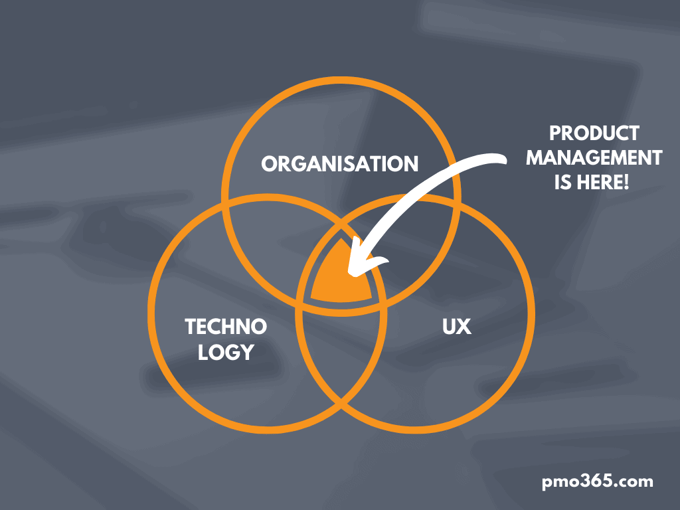
Product management is the strategic function of an organisation that aims to identify, build, and maintain products that see market success. The focus is customer-oriented; it involves discovering current and potential market needs or demands, and using this information to inform product development plans and strategies. An important note is that in product management, success is completely relative to the product and company goals, not just the product alone.
Core functions of Product Management:
- Research, Feedback and Data Analysis: A product manager has the task of understanding the organisation’s pre-existing products, competitors, and market. They also must ensure that effective feedback processes are in place. By doing this, future improvements made by the organisation will be based on relevant and accurate information.
- Strategy Development: Product managers develop product vision and strategy from their market knowledge and customer focussed approach. This includes taking advantage of gaps in the market and producing products that carry value for customers.
- Cross-functional communication: With its more strategic role, product management involves active communication with key stakeholders across the entire organisation. To successfully communicate across the different functions in an organisation, product managers develop a clearly structured product roadmap that can be communicated clearly and effectively to the performing teams.
Product management is a newer management approach, and specifically is beneficial to the Information and Communication Technology industry with the rise of iterative project management methodologies. It arose from the changing nature of technology, as the market increases in its competitiveness and dynamic nature.
Product management aims to find the sweet spot between the user experience, organisations, and technology – a hard balance to strike. To understand more, make sure to check out our full guide to product management.
Similarities between Product and Project Management
Project management vs product management: what are the key similarities?
Similar tasks
Though they have inherently different focusses and objectives, a lot of the day-to-day tasks of project and product management are very similar. Activities such as resource allocation, milestone tracking, planning and scheduling, task assignment, and collaboration are pretty identical, though on different scales.
Project management resource allocation aims to achieve project completion within the pre-allocated resources to the specific project. On the other hand, product management resource allocation focusses on prioritising the right products that achieve the most strategic value.
Evidence-based approaches
Both project and product management are based on achieving tasks through evidence-based processes. Instead of just going off intuition, both product and project management flourish when working under a structured, well-informed, and proven process. Essentially, all frameworks, best practices, and processes should be developed from collected data.
There isn’t a one-size-fits-all approach for either project or product management. Many organisations base their activities on a foundational project management methodology. To understand more about project management methodologies, their benefits, and how to pick the right one for you, check out our guide here.
Central focus on optimisation
As we all know, time is money! Both project and product managers should consistently introduce cost and time-saving practices to optimise an organisation’s portfolio. If distracted from this focus, both project and product managers may struggle to reach deadlines or produce work of the expected quality. As more projects and products are completed, more lessons are learnt, and these should have a bearing on organisational best practices.
To understand more about both the similarities and differences between project and product managers, click here.
Differences between Project and Product Management
We may have alluded to some of the differences above but here are the top 5 differences between product management and project management, summarised as a visual.
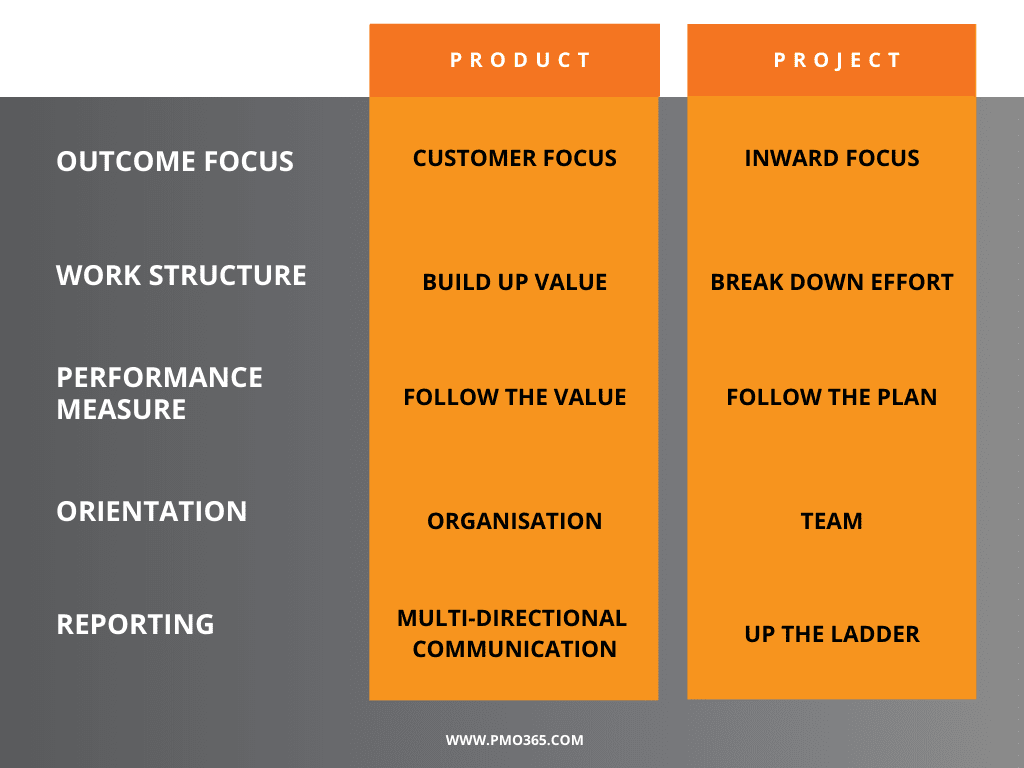
1. Outcome focus: customer focus vs inward focus
In product management, the focus is on the customer. What do they want? What do they need? How can we fill these needs and wants within our constraints? In the communications and technology market, improving your system without consideration of the needs of the market won’t give you a competitive edge. The heart behind product management is determining how to deliver the most value to customers and businesses.
On the other hand, project management is largely inwards focused. Project managers are constantly optimising resources, processes, and practices by refining internal solutions and systems. They consider how the team can work better within itself and with stakeholders.
Referencing Simon Sinek’s methodology, product management focusses on the ‘why’ of a product. It asks why an organisation is producing the products it does. Project management is the how—how an organisation, on a daily basis, is developing products or achieving strategic objectives.
2. Work structure: build up value vs break down effort
As mentioned before, product management is all about building value. As a result, it often involves a long-term commitment to small incremental experiments. Ideally, these experiments will lead to discovering ongoing solutions that which achieve the intended product vision. The focus is upwards and potential-oriented.
In contrast, the defined nature of projects means that project managers must break down a large plan into actionable pieces. The focus is limited to the time-frame of the project itself, and the completion of the project itself.
Due to their inherently different structures, product managers and project managers often apply different project management methodologies to suit their aim. Typically, a product management team runs on iterative methodologies, like Agile, while project management teams are more likely to follow traditional methodologies, like Waterfall. To learn which methodology best fits your organisation, check out our article on the Agile vs Waterfall debate.
3. Performance Measure: follow the value vs follow the plan
As we’ve mentioned throughout this article, product managers are concerned about delivering value. By extension, an organisation will measure product management performance by the value a product generates.
How do you measure value? The three common measures include evaluating the product’s feasibility, desirability, and customer value. Your product is successful if you can complete the product, address customers’ needs, and serve the organisation’s strategy.
Success in project management is simply getting the project to the finish line within the defined constraints. An organisation will measure project performance solely by project-dependent metrics and the original project plan. A successful project is a project delivered on time, within budget, and if its deliverables have achieved the intended project objectives.
4. Orientation: organisation vs team
All aspects of an organisation have a strategic function. We’ve established the strategic function of product management: developing a product to serve strategic value. However, project management has a strategic function, although it doesn’t have a role in developing strategy.
Project management focusses on the people, processes, and practices within the team itself. The goal is for this set of people to get the project to the finish line. As a result, the focus will be for the team to eliminate communication boundaries, improve approval processes and streamline reporting activities. Again, it’s all about working with the team to get the project on time, on budget, and in scope. A project manager might improve processes within their team to align with strategic objectives, or adapt processes to meet strategic objectives.
5. Reporting: multi-directional communication vs up the ladder
Products impact organisations across all levels. Thus, the progress, delivery, and impediments that impact the development of products will flow onto internal employees and stakeholders. Therefore, most product management approaches include a multilateral reporting structure. This encourages the identification of risks or opportunities for improvement. that are often hidden as reports progress up a ladder.
In project management, reporting on status, cost, and risks is often sent up through the management ladder. This means that each manager at each stage will review the information, and choose how they want to report it to their seniors. Though this may be much more practical, it is often time-consuming and is not well-suited for ICT projects.
Project Management vs Product Management Software
As we’ve outlined, there are significant differences between project management and product management. As a result, the software chosen to support one of these management approaches may not have the capabilities to support the other.
Even though the software is often intended to be methodology-agnostic, usually a software will cater towards a specific methodology, and have capabilities suited to it. To determine what features you need your software to include, check out our guide to project and product management software.
pmo365 is your go-to PPM service
Whether you run projects or products, Waterfall or Agile, we are your go-to PPM service. Our PPM solution is customised to your specific needs and requirements. From our intuitive software, all-round support services, our simplified pricing packages, and our extensive PPM experience, we’re confident we can bring your organisation’s management activities to the next level.
Click here to book a free trial and speak directly with our PPM experts!


